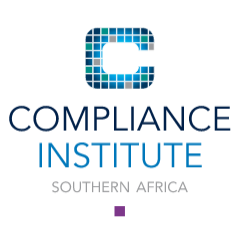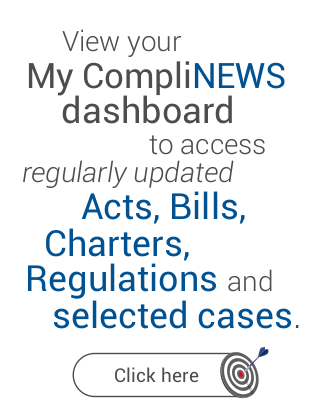Leading remotely
Publish date: 09 April 2020
Issue Number: 116
Diary: CompliNEWS
Category: General
By Lee Rossini
Now more than ever, leaders are being called on to effectively lead their employees. As stressful as the last few weeks have been, the speed and enormity of the changes have challenged leaders to respond quickly to find new and innovative means of leading employees, most of whom are now working remotely. This has been especially difficult for leaders who normally see their employees daily.
Today, leaders need to double down on the fundamentals of outstanding leadership skills, and to demonstrably show they are worthy of being leaders. Excellent communication is essential when leading remotely. Use the following guidelines to ensure good communication:
- Set clear roles, goals and outcomes. Without employees coming into the office, leaders should set new and measurable metrics of success. Employees should clearly understand what their new roles are and who they can turn to for support. There should be a focus on meeting goals and outcomes, not on how the activities are carried out. This means leaders need to closely manage expectations and work-life boundaries.
- Manage meetings where each participant has an opportunity to speak and feel heard especially if they are facing a difficult challenge. Online meetings should be closely managed through an agenda and decisions should be documented and shared with participants. Make use of the collective and individual strengths of the team.
- Individually communicate with employees to check in on their progress and whether they are coping with their workload. Ask employees the following three questions:
- What have you done?
- What are you working on?
- Where do you need support?
- Although these questions allow employees to take individual ownership and responsibility, they may also need support when faced with a challenge. For example, finding innovative ways of engaging with clients who do not have access to technology or the related skills.
- Leaders should offer support and encouragement with an open mind. Employees may be more in need of coaching and mentoring skills during a time of crisis. Leaders should be encouraging innovative thinking which enables them to focus on the big picture whilst leaving employees to achieve their goals and outcomes without too much interference.
- Effectively managing change in the short, medium and long-term future. This means actively mapping a way forward taking the new normal into account, including how best to ease the business out of lockdown and the form the business will take post lockdown.
Working remotely requires high levels of trust between leaders and employees. Leaders should regularly check in with their employees to find out how they are managing lockdown and working remotely. Leaders who are unable to effectively lead will be shown up as having poor leadership skills and employees who are unable to work without someone peering over their shoulder will also be exposed. In such an unprecedented time, both leaders and employees are required to deal with new challenges.
Although it is tempting for leaders to become task focused during a time of crisis, a high degree of emotional intelligence is also required. It is a time to engage and foster connection with your employees and to be a voice of reason amid often overwhelming noise. Personal interaction, albeit via technology, is required to build morale and to maintain the necessary level of productivity to ensure a smooth transition into the new normal of future business. Now is the time for leaders to step up and to demonstrate their leadership mettle.



